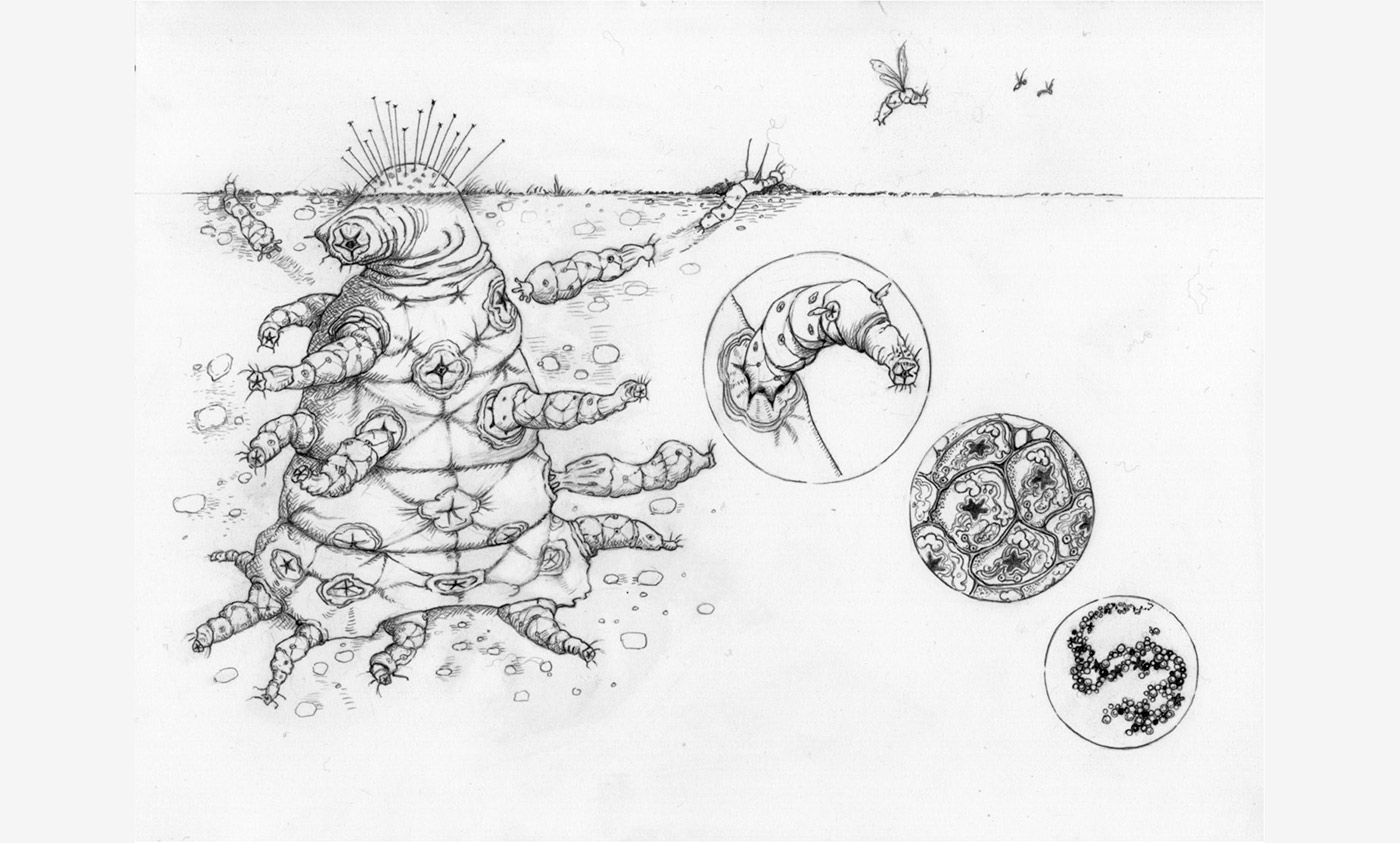
I always thought it was rather funny, while I was working at NASA, when people in my life would ask me if I believed in aliens. It was an interesting question when it hit my ears, but I think that many people are unaware of the duality of conversation - in that what is said and what is heard are not always understood on the same level. I worked (in a support role) with scientists from all over the world studying planetary ejecta/meteor impacts, biological analysis, astrophysics and a bunch of sometimes-integrated topics, had many friends in photography / video roles (including a colleague who was an Army soldier at Hitler's bunker and the Battle of the Bulge during WW2) as well as being a clerk for Technical Area Integration Management, which was basically supporting the dispensation of data after Shuttle Crews returned from space (a great chance to meet a lot of heroic astronauts), so I came in contact with a lot of data. I wasn't necessarily focused on 'alien life' but it, along with a lot of other subjects, were prevalent all over NASA...so I might have learned a few things. What would surprise a lot of people, I believe, is that these grey, bubble-headed or reptilian-like aliens that are all throughout Sci-Fi and so on...are probably the least likely form that alien life would resemble if we were to encounter it in science (the fact that we may already have still a matter of debate). We tend to forget that our air is primarily nitrogen (and oxygen), oceans are salt-water and Earth's crust is mostly soil made of eroded minerals but that, on another planet or in another environment, the atmosphere could be toxic (to humans) and made up of gases we cannot breathe, the seas may be boiling liquid ammonia and the surface could be made of diamonds and gravity could be minuscule or crushing in relation to our own. What kinds of life forms would we then be encountering, if that were the case? Maybe they would be cucumber-like slugs living at the bottom of a toxic sea or airborne, highly lethal, extremely durable creatures. Who knows? Maybe (and even more likely) they would just be mostly unobservable micro-organisms. But it certainly is interesting to think about! 🖖😎 Here's an article that also might be interesting: - Proof of life: what evidence would it take to convince you that alien intelligence had been found?
No comments:
Post a Comment